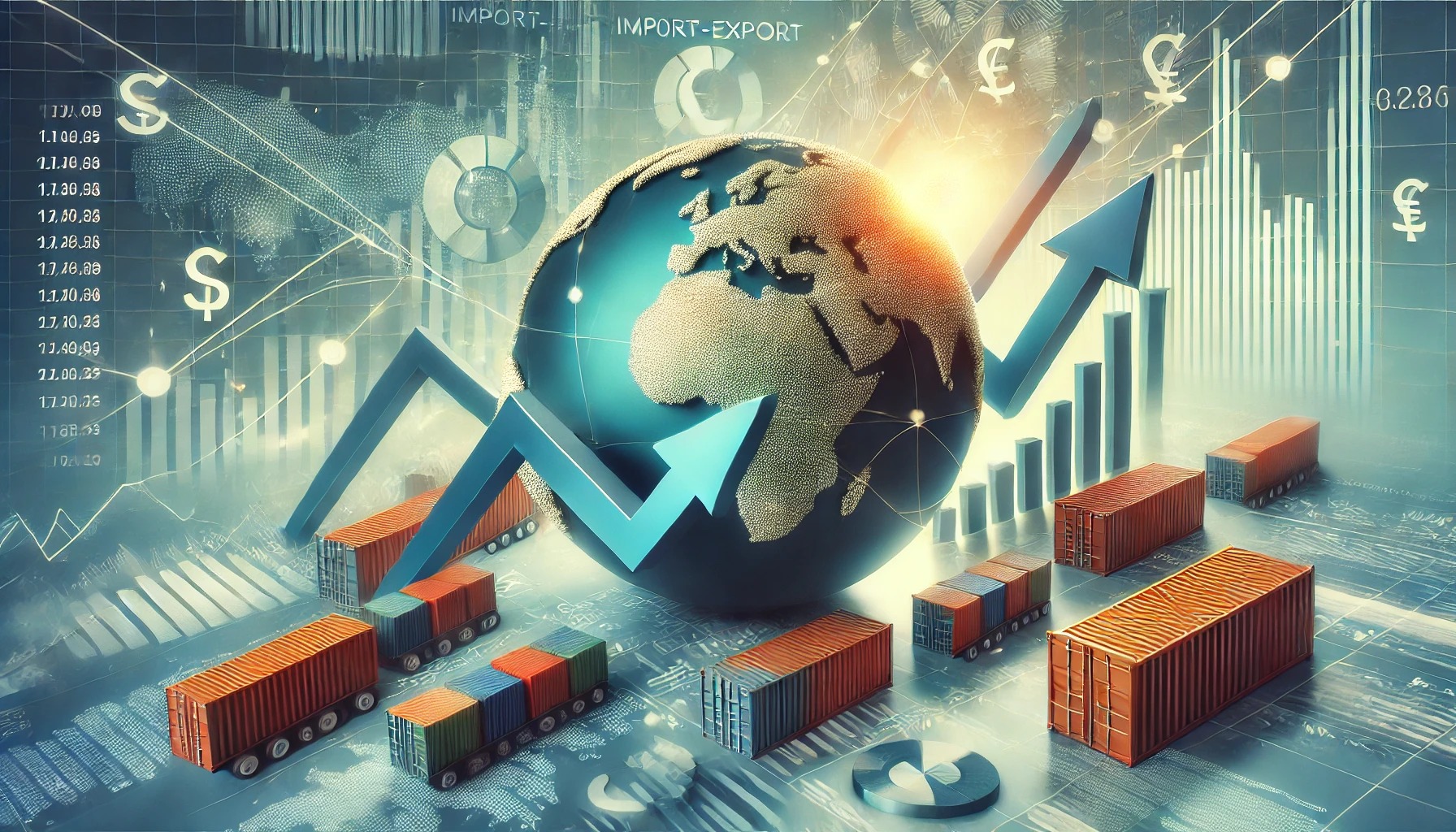Economists have recently expressed cautious optimism over the containment of inflation. However, the potential reimposition of tariffs could undermine this progress, sparking a resurgence in inflationary pressures.
More Than a One-Time Price Hike
While often perceived as one-off price increases similar to sales taxes, tariffs have a far-reaching impact on inflation. UBS analysts emphasize that tariffs do not merely trigger immediate price hikes but have sustained effects through multiple economic channels.
As taxes on imported goods, tariffs typically lead to higher consumer prices. However, this initial price bump is just part of the story; tariffs can drive longer-term inflation by facilitating profit-led price increases, contributing to wage inflation, reducing market competition, and disrupting supply chains.
The Dynamics of Profit-Led Inflation
Tariffs often lead to profit-led inflation when businesses use the added import costs to justify larger price increases than necessary. For example, a 10% tariff on the import price—which is usually much lower than the consumer price—should theoretically result in a less than 5% retail price hike. However, companies often inflate prices beyond this, capitalizing on consumer expectations and effectively padding their profit margins.
Wages and the Risk of a Wage-Price Spiral
The increase in consumer prices can, in turn, influence the labor market. As workers see their purchasing power diminish, they may push for wage increases to offset the rising cost of living. When tariffs impact a wide range of products and sectors, these wage demands can become widespread, leading to a wage-price spiral—a scenario where rising wages and prices continuously feed off each other, making it harder to stabilize inflation.
Reduced Competition and Market Impact
Tariffs also tend to diminish market competition by creating barriers for imported goods. UBS notes that when foreign competitors face tariffs, they may struggle to compete in the domestic market or even exit it entirely. Even after tariffs are lifted, companies may be hesitant to reenter markets where they previously faced protectionist barriers, resulting in lasting damage to competition and allowing domestic firms to raise prices more freely.
Supply Chain Disruptions and Broader Economic Effects
Additionally, tariffs can disrupt global supply chains by increasing the costs of imports, particularly in industries with complex production networks, such as electronics and automobiles. The resulting supply-side inflation can be particularly damaging, as it not only raises prices for individual products but also creates bottlenecks and inefficiencies across the economy, further increasing costs.
Policy Considerations Amid Inflation Risks
UBS analysts underscore the importance of considering these inflationary risks. Tariffs, while serving as tools to protect domestic industries or generate government revenue, may reignite inflation at a time when it seems to be stabilizing. For governments and central banks, managing these risks will be essential to maintaining economic stability and avoiding a return to a high-inflation environment.



 BOJ Poised for Historic Rate Hike as Japan Signals Shift Toward Monetary Normalization
BOJ Poised for Historic Rate Hike as Japan Signals Shift Toward Monetary Normalization  Chinese Robotaxi Stocks Rally as Tesla Boosts Autonomous Driving Optimism
Chinese Robotaxi Stocks Rally as Tesla Boosts Autonomous Driving Optimism  U.S. Stock Futures Edge Higher as Micron Earnings Boost AI Sentiment Ahead of CPI Data
U.S. Stock Futures Edge Higher as Micron Earnings Boost AI Sentiment Ahead of CPI Data  Japan Inflation Holds Firm in November as BOJ Nears Key Rate Hike Decision
Japan Inflation Holds Firm in November as BOJ Nears Key Rate Hike Decision  Japan Exports to U.S. Rebound in November as Tariff Impact Eases, Boosting BOJ Rate Hike Expectations
Japan Exports to U.S. Rebound in November as Tariff Impact Eases, Boosting BOJ Rate Hike Expectations  Asian Stocks Slide as AI Spending Fears and Global Central Bank Decisions Weigh on Markets
Asian Stocks Slide as AI Spending Fears and Global Central Bank Decisions Weigh on Markets  South Korea Warns Weak Won Could Push Inflation Higher in 2025
South Korea Warns Weak Won Could Push Inflation Higher in 2025  New Zealand Business Confidence Hits 30-Year High as Economic Outlook Improves
New Zealand Business Confidence Hits 30-Year High as Economic Outlook Improves  Gold and Silver Surge as Safe Haven Demand Rises on U.S. Economic Uncertainty
Gold and Silver Surge as Safe Haven Demand Rises on U.S. Economic Uncertainty  Asian Currencies Slip as Dollar Strengthens; Indian Rupee Rebounds on Intervention Hopes
Asian Currencies Slip as Dollar Strengthens; Indian Rupee Rebounds on Intervention Hopes  Gold and Silver Prices Dip as Markets Await Key U.S. Economic Data
Gold and Silver Prices Dip as Markets Await Key U.S. Economic Data  Bank of Korea Downplays Liquidity’s Role in Weak Won and Housing Price Surge
Bank of Korea Downplays Liquidity’s Role in Weak Won and Housing Price Surge  BoE Set to Cut Rates as UK Inflation Slows, but Further Easing Likely Limited
BoE Set to Cut Rates as UK Inflation Slows, but Further Easing Likely Limited  U.S. Dollar Steadies Near October Lows as Rate Cut Expectations Keep Markets on Edge
U.S. Dollar Steadies Near October Lows as Rate Cut Expectations Keep Markets on Edge  Asian Currencies Trade Sideways as Dollar Weakens Ahead of Key U.S. Data
Asian Currencies Trade Sideways as Dollar Weakens Ahead of Key U.S. Data  U.S. Stock Futures Slip After CPI-Fueled Rally as Markets Weigh Economic Uncertainty
U.S. Stock Futures Slip After CPI-Fueled Rally as Markets Weigh Economic Uncertainty  RBA Unlikely to Cut Interest Rates in 2026 as Inflation Pressures Persist, Says Westpac
RBA Unlikely to Cut Interest Rates in 2026 as Inflation Pressures Persist, Says Westpac 

























